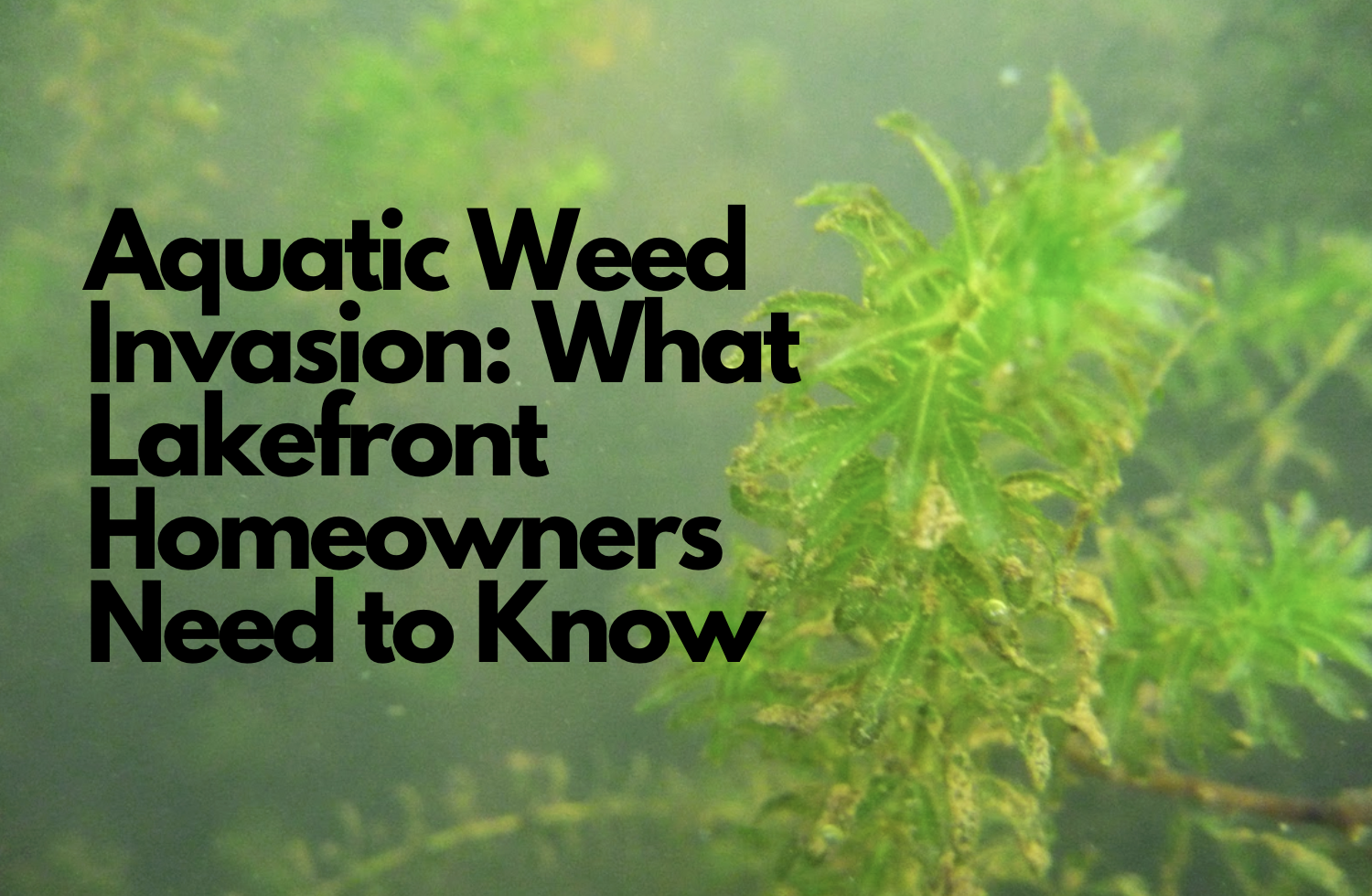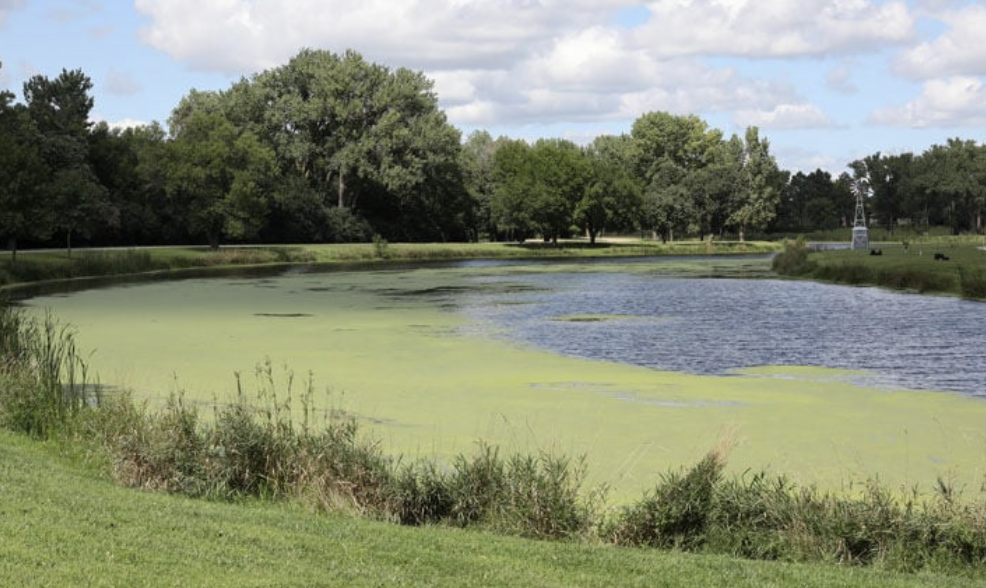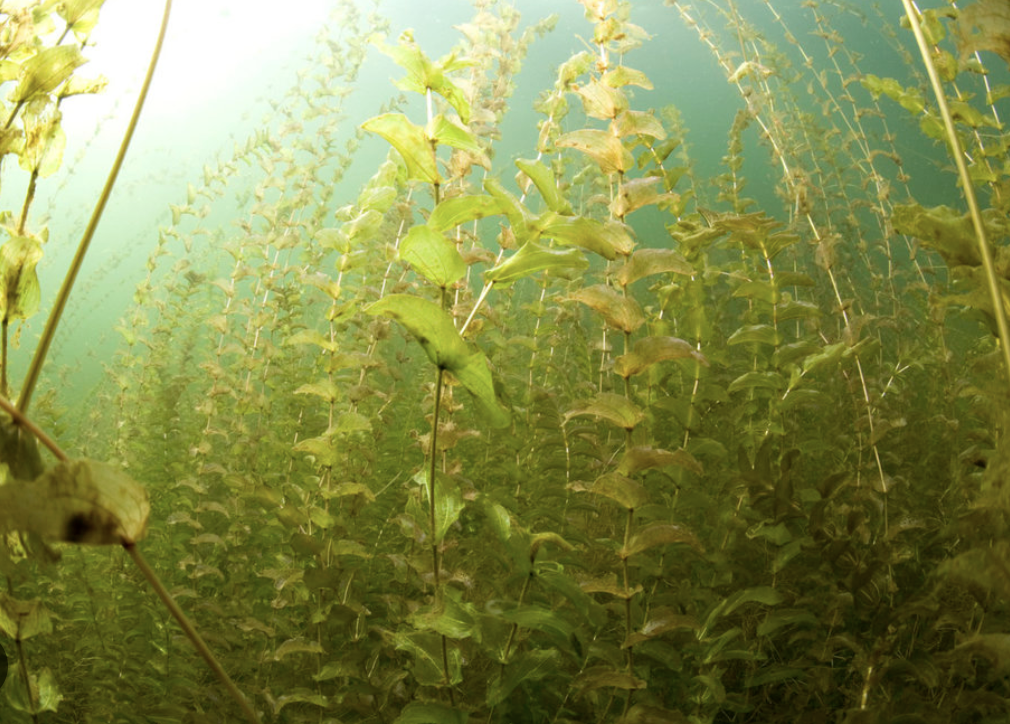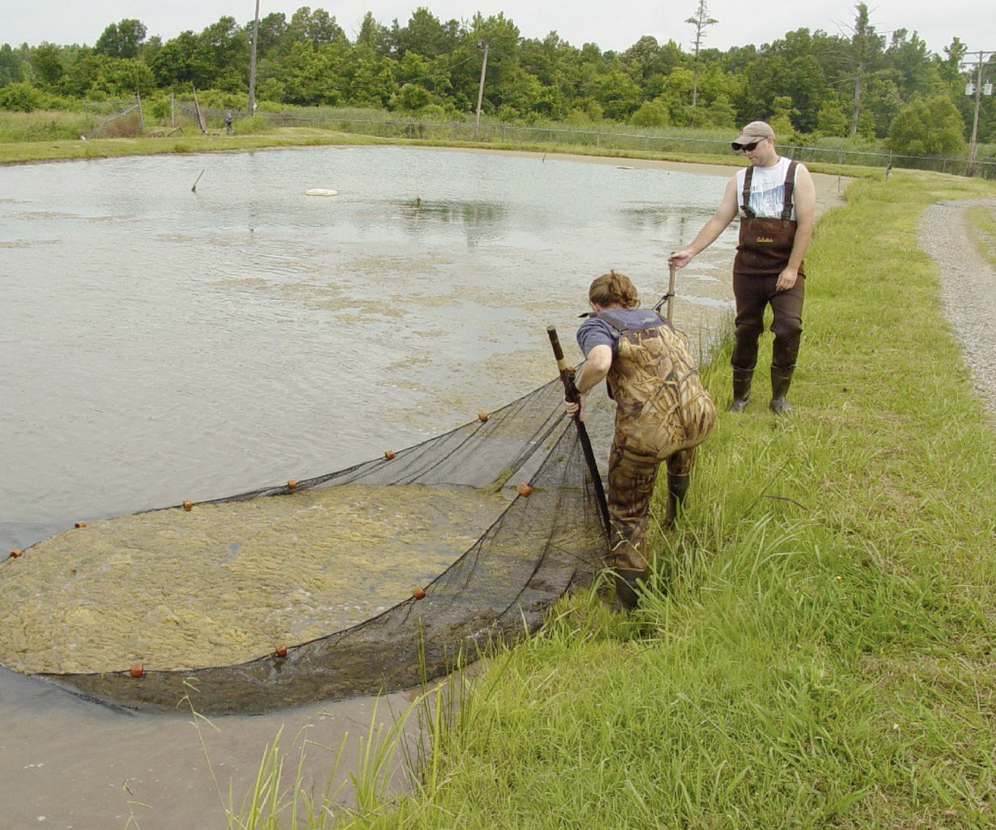
For those fortunate enough to own or dream of owning a lakefront property, the allure of tranquil waters and breathtaking views is undeniable. However, the idyllic scene can quickly turn into a nightmare with the invasion of aquatic weeds. In this article, we explore the impact of aquatic weed infestation on lakefront homeowners and potential buyers, offering insights into identification, management, and preservation strategies.
Understanding Aquatic Weeds
Aquatic weeds are not merely a nuisance for lakefront homeowners; they can significantly impact property value, recreational activities, and overall quality of life. Identifying common invasive species is crucial for homeowners and potential buyers alike
- Eurasian Watermilfoil: This aggressive invader forms dense mats on the water’s surface, hindering swimming, boating, and fishing activities.
- Water Hyacinth: Rapidly spreading, water hyacinth can overtake large areas of the lake, obstructing views and diminishing aesthetic appeal.
- Hydrilla: Known for its ability to outcompete native vegetation, hydrilla can clog waterways, impairing navigation and reducing property desirability.
- Duckweed: Although small, duckweed can quickly cover the lake’s surface, detracting from the beauty of the waterfront and limiting recreational enjoyment.

Impact on Lakefront Homeowners
The presence of aquatic weeds can have dire consequences for lakefront property owners
- Property Value Decline: Homes situated on lakes plagued by aquatic weed infestations often experience decreased property values due to diminished aesthetic appeal and limited recreational opportunities.
- Impaired Water Access: Dense mats of aquatic weeds can make it challenging to access the water for activities such as swimming, boating, and fishing, detracting from the enjoyment of lakefront living.
- Maintenance Costs: Homeowners may incur significant expenses in efforts to control and manage aquatic weed growth, including mechanical removal, herbicide treatments, and professional services.
- Ecological Concerns: Aquatic weed infestations can disrupt the delicate balance of lake ecosystems, leading to declines in native fish and wildlife populations and compromising water quality.

Management Strategies for Lakefront Homeowners
Effective management of aquatic weeds is essential for preserving the beauty and value of lakefront properties.
- Regular Monitoring: Vigilant observation of water conditions and early detection of weed growth can help homeowners take proactive measures to address infestations before they escalate.
- Mechanical Removal: Utilizing tools such as rakes, cutters, and aquatic weed harvesters can help homeowners manually remove weeds from their waterfront property, albeit with some labor investment.
- Herbicide Treatments: When applied judiciously and in accordance with regulations, herbicides can be an effective tool for controlling aquatic weed populations. However, homeowners should exercise caution to minimize environmental impact and ensure compliance with local laws.
- Biological Controls: Introducing natural predators or herbivores that feed on aquatic weeds, such as grass carp or certain insects, can provide long-term management solutions while minimizing the use of chemical treatments.
- Collaborative Efforts: Lakefront homeowners can collaborate with neighbors, homeowner associations, and local authorities to implement comprehensive weed management strategies and share resources and best practices.

Conclusion
Aquatic weed invasion presents a formidable challenge for lakefront homeowners, impacting property values, recreational opportunities, and environmental sustainability. By understanding the risks, implementing effective management strategies, and fostering collaborative efforts within the community, lakefront property owners can preserve the beauty and integrity of their waterfront oasis for generations to come.
Posted by Scott Freerksen “The Lake Guy”
